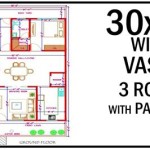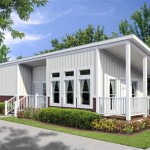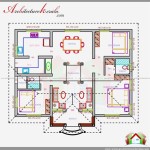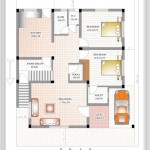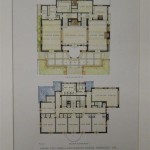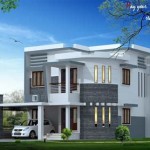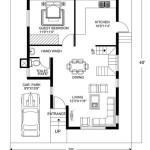Essential Aspects of House Plans for Sloping Sites
When designing and constructing a home on a sloping site, careful planning and attention to detail are crucial. To ensure a safe, functional, and aesthetically pleasing outcome, consider these essential aspects when choosing house plans for sloping sites:
1. Site Analysis
Conduct a thorough site analysis to understand the slope, soil conditions, drainage patterns, vegetation, and any existing features. This information will inform decisions about the home's orientation, foundation design, and landscaping.
2. Foundation Design
The foundation must be designed to effectively support the home on the sloping site. Common options include: *
Slab-on-Grade:
A concrete slab poured directly on the ground. *CRAWLSPACE:
A shallow foundation with a crawl space beneath the home. *Basement:
A below-grade foundation that provides additional living space.3. Floor Plan Layout
The floor plan should be designed to follow the contour of the site, minimizing the need for extensive grading or excavation. Consider: *
Split-Level Design:
Homes with different levels built into the slope. *Stepped Design:
Homes with terraced levels that adjust to the slope. *Multi-Story Design:
Homes with multiple stories to accommodate the change in elevation.4. Outdoor Living Spaces
Maximize the potential of outdoor living areas by incorporating them into the design. Consider: *
Patios and Decks:
Flat or elevated surfaces for entertaining or relaxing. *Walkways and Stairs:
Safe and accessible paths for navigating the slope. *Gardens and Landscaping:
Enhance the visual appeal and create privacy with thoughtfully planted greenery.5. Drainage Management
Proper drainage is essential to prevent water accumulation and damage to the home. Implement strategies such as: *
Gutters and Downspouts:
Direct rainwater away from the foundation. *Grading:
Slope the ground around the home to drain water away. *French Drains:
Subsurface drainage systems to capture and divert water.6. Energy Efficiency
Sloping sites can offer opportunities for energy efficiency by optimizing: *
Passive Solar Design:
Position the home to take advantage of sunlight for heating and lighting. *Natural Ventilation:
Utilize cross-ventilation to reduce cooling costs. *Insulation:
Ensure proper insulation to minimize heat loss and gain.7. Landscaping
Landscaping can enhance the home's aesthetics and functionality on a sloping site. Consider: *
Erosion Control:
Utilize plants and materials to prevent soil erosion. *Terracing:
Create leveled areas for gardens, patios, or walkways. *Retaining Walls:
Support slopes and define outdoor spaces.Conclusion
Choosing house plans for sloping sites requires a comprehensive approach that considers the site characteristics, foundation design, floor plan layout, outdoor living spaces, drainage management, energy efficiency, and landscaping. By incorporating these essential aspects, homeowners can create functional, comfortable, and aesthetically pleasing homes that seamlessly blend with their sloping surroundings.

Sloped Lot House Plans With Walkout Basements At Dream Home Source Unique Modern Architecture

Home Designs For Sloping Blocks Mark Lawler Architects

Sloping Block House Designs Brisbane Unique Built Lot Plan Building Plans Slope Design

Sloping Block House Designs Upward Downward Split Level

Plan 51696 Traditional Hillside Home With 1736 Sq Ft 3 Be

House Plans For A Sloped Lot Dfd Blog

House Designs For Sloping Sites Grand

A Guide To Sloping Lot House Plans

Sloping Block House Designs Beautiful To Inspire Your Next Build

82 Sloped House Ideas Slope Architecture Design

